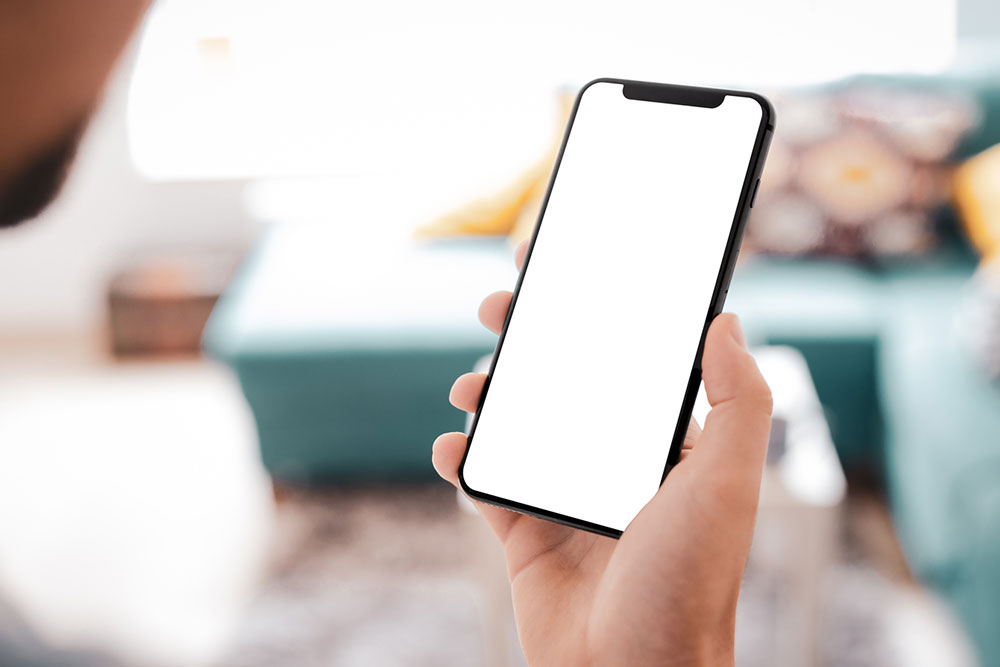6 Key Features of the New iPhone 15 Lineup

The iPhone 15 was recently launched in late September of this year. Apple enthusiasts, tech aficionados, and smartphone connoisseurs had eagerly awaited this moment for months. Apple launched the iPhone 15 with four models: the iPhone 15, the iPhone 15 Plus, the iPhone 15 Pro, and the iPhone 15 Pro Max. The following article provides an overview of the key aspects and features of all four models, including their build and performance.
1. Build
- iPhone 15
It has a width of 2.82 inches, a height of 5.81 inches, a depth of 0.31 inches, and weighs 6.02 oz. It features an aluminum design, a ceramic shield front, and a color-infused glass back. - iPhone 15 Plus
It has a width of 3.06 inches, a height of 6.33 inches, a depth of 0.31 inches, and weighs 7.09 oz. The iPhone 15 Plus also features an aluminum design, a ceramic shield front, and a color-infused glass back. - iPhone 15 Pro
It measures 2.78 inches in width, 5.77 inches in height, 0.32 inches in depth, and weighs 6.60 oz. It features a new titanium design, a ceramic shield front, and a textured matte glass back. - iPhone 15 Pro Max
It measures 3.02 inches in width, 6.29 inches in height, 0.32 inches in depth, and weighs 7.81 oz. This model also features the new titanium design, ceramic shield front, and textured matte glass back.
2. Display
All the models feature a dynamic island display with true tone. Every model also features a fingerprint-resistant oleophobic coating on their displays. Here are some more details about the display features of the four iPhone 15 models:
- iPhone 15
It features a Super Retina XDR display with a 6.1-inch diagonal size, offering an all-screen OLED display that boasts a resolution of 2556×1179 pixels at a pixel density of 460 ppi. - iPhone 15 Plus
This model features a Super Retina XDR display with a 6.7-inch diagonal size, offering an all-screen OLED display that boasts a resolution of 2796×1290 pixels at a pixel density of 460 ppi. - iPhone 15 Pro
The iPhone 15 Pro’s display is similar to that of the iPhone 15. It also features a Super Retina XDR display with a 6.1-inch diagonal size, offering an all-screen OLED display with a resolution of 2556×1179 pixels at a pixel density of 460 ppi. - iPhone 15 Pro Max
The model’s display is similar to that of the iPhone 15 Plus. It also features a Super Retina XDR display with a 6.7-inch diagonal size, offering an all-screen OLED display with a resolution of 2796×1290 pixels at a pixel density of 460 ppi.
3. Performance
- The iPhone 15 and iPhone 15 Plus are powered by an A16 Bionic chip, including a 6-core CPU featuring two performance and four efficiency cores. The chip also features a 5-core GPU and a remarkable 16-core neural engine for advanced computational tasks and artificial intelligence processing.
- The iPhone 15 Pro and iPhone 15 Pro Max are powered by an A17 Pro chip, including a 6-core CPU featuring two performance and four efficiency cores. The chip also features a 6-core GPU, and, like the A16 Bionic chip, it also features a 6-core neural engine for AI processing.
4. Operating system
With a wealth of potent features and an emphasis on privacy protection, iOS is the most private and secure mobile operating system available. All the models in the iPhone 15 lineup feature the newly introduced iOS 17 operating system. Here are a few things to know about that:
5. External buttons
External buttons on the iPhone 15 and iPhone 15 Plus include the volume up and down buttons, the ring/silent button, and the side button for locking or powering off the phone.
External buttons on the iPhone 15 Pro and iPhone 15 Pro Max are slightly altered, which is introduced with these models. While they still include the volume up and down buttons and the side button for locking or powering off the phone, their third button is slightly different. What was the ring/silent button previously is now the ‘action’ button (only for 15 Pro and 15 Pro Max). This means that instead of only the ring/silent function, that button can now have various functions, which the user can set. These functions include switching between the ring and silent modes, setting a focus mode, launching the Camera app, turning on and off the flashlight, launching the Voice Memo app, launching the Translate app, launching the Magnifier app, and running a shortcut.
6. Charging port
With the new iPhone 15 lineup, Apple introduced a charging port. Instead of the Lightning port, all the iPhone 15s now have a USB-C port for charging and data transfer. Further, the iPhone 15 and iPhone 15 Pro support only USB 2 transfer speed, up to 480 Mbps, and the iPhone 15 Pro and iPhone 15 Pro Max support USB 3 transfer speed, up to 10 Gbps.







